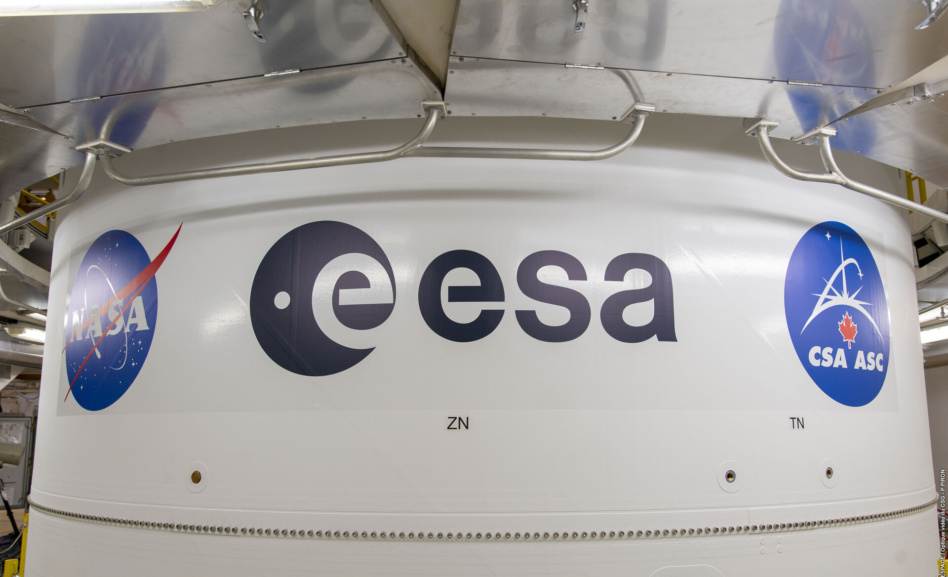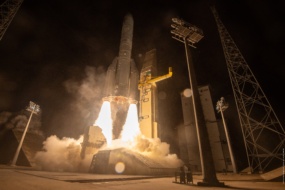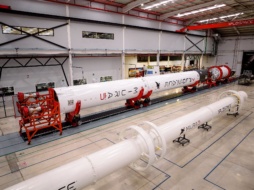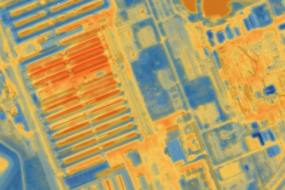By Jean-François Morizur, CEO and Co-Founder, Cailabs
Amid shifting global power balances and an ongoing war on European soil, it’s more important than ever for Europe to quickly address its fragmented, painfully slow, and overly cautious procurement process—or risk permanently lagging behind those who want to do it harm.
For a model of how to address those issues and build space resilience, European leaders should learn from the SDA.
The SDA model: The Space Development Agency is sometimes dismissed as an example due to its being US-based—however, it can provide a useful model for Europe. Since its founding in 2019, it has shaken off the bureaucratic dust that clung to traditional defence procurement—and still characterises most of the European approach—and replaced it with a fast-moving, modular, and scalable model.
This is not just about defence, but Europe’s longstanding aim for strategic autonomy. In the words of French President Emmanuel Macron, we are now at a “turning point,” and strategic autonomy is more necessity than nice-to-have. We can’t be autonomous if we’re relying on foreign infrastructure in orbit. Copying the Americans would reduce Europe’s dependence on them.
A mindset shift: The SDA threw out the assumptions that threats change slowly, that perfection was better than adaptability, and that resilience lay in expensive, bespoke hardware. Instead, it adopted two principles that could—and should—transform European space strategy: proliferation and spiral development.
- A proliferated architecture of many lower-cost sats can absorb damage. Taking out the whole system would be a monumental effort. In contrast, traditional satellite infrastructure is like a cathedral: vast, intricate, and dangerously reliant on key supports. Take out one pillar, and the whole thing collapses.
- Spiral development, meanwhile, borrows from the software world. Rather than waiting years to field a finished product, spiral development aims to build a minimum viable version quickly, then improves it in cycles. It means launching early, learning fast, and updating often. It means constantly iterating. The result is systems that are timely, relevant, and rarely obsolete.
The mystery is why this approach, which is standard in many other industries, from consumer tech to automotive, is so rare in defence. Most European procurement approaches still follow the waterfall model: define, design, test, deliver. Spiral development challenges that. It accepts that threats change quickly. It accepts that no plan survives contact with the enemy. And it builds systems that can evolve in step with both technology and geopolitics.
Getting results: In just a few years, the SDA has fielded three batches of satellites, each more capable than the last. And crucially, it has done so at a speed that would have been unthinkable under traditional procurement models. Of course, not everything has been perfect, as was expected; but nonetheless what has been achieved is groundbreaking in terms of speed and costs.
We need to learn from this in Europe. We must consolidate fragmented national approaches into a more coherent, centralised strategy. We must make the move from bespoke hardware towards scalable, modular platforms. We must accelerate procurement, not by cutting corners but by embracing flexibility and iteration. And we must see our investments in space not as sunk costs, but key drivers of industrial might.
The reality is that there isn’t any time to lose. Our security challenges are growing more complex by the day. We need our space and defence startups to flourish. Space is contested, congested, and increasingly weaponised. If we cling to old habits, we’ll find ourselves unable to respond. The SDA has illuminated the path forward. Europe would be wise to go down it.




